
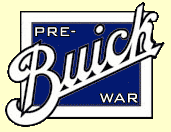
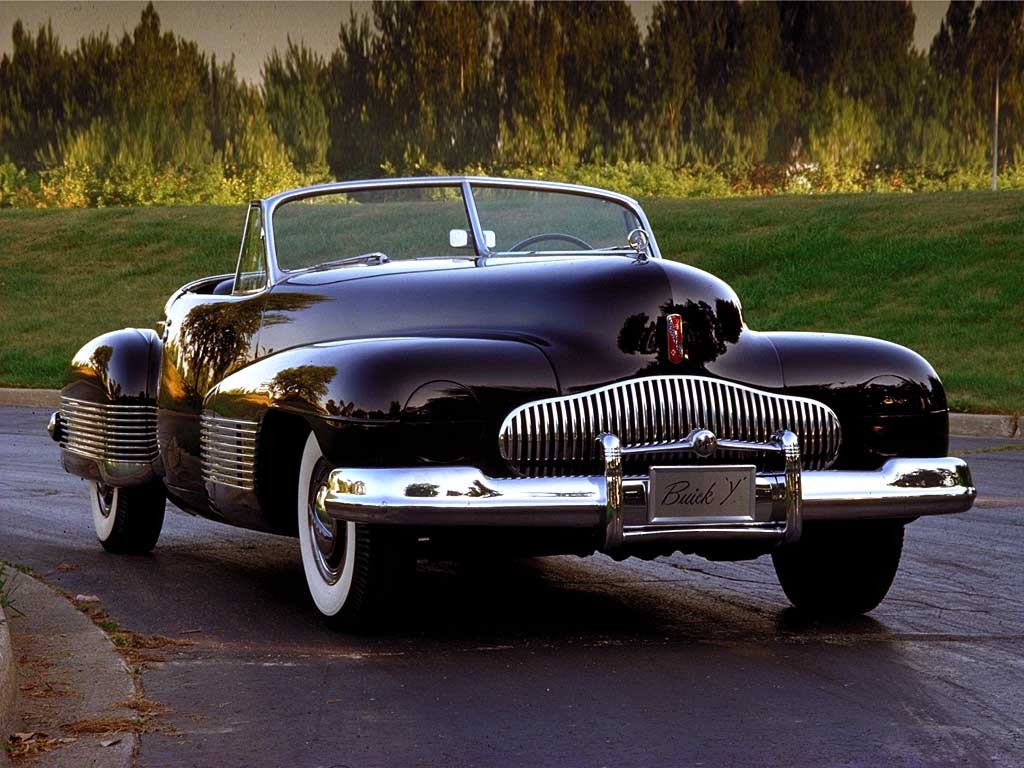
Before the Buick Y-Job appeared in 1938, everything looked like a Keystone Cop car. Windshields sprouted up from bodies in a perfectly perpendicular fashion. Running boards ran between cycle-style fenders. Freestanding headlights flanked upright grilles. Bumpers were tacked on, sometimes with enough room to stand between the rear of the bumper bar and the body it protected.
Then came the Buick Y-Job — smooth as Clark Gable and sexy as Betty Grable. Truly sleek, its shape pioneered the integrated design ethos that still drives car design today.
During our drive of the Chevrolet Camaro Concept in June, GM gave Inside Line an opportunity to experience the Y-Job.
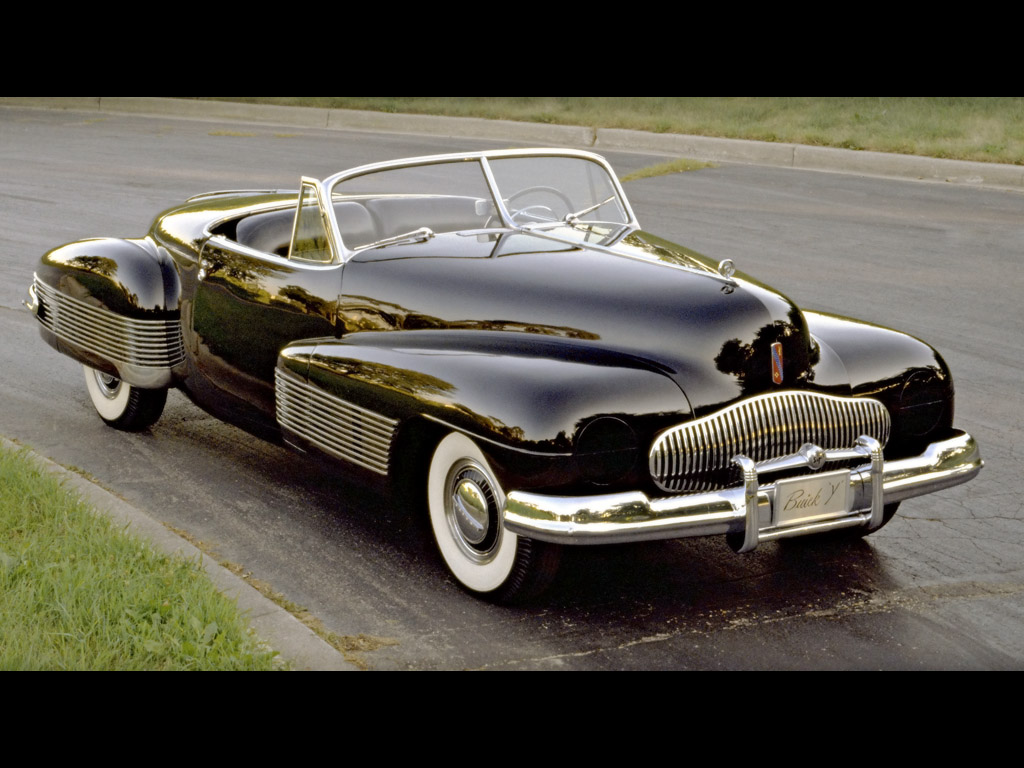
Jacobson's team at GM's Heritage Center worked to restore the Y-Job. "The goal was not to make it a perfect restoration, but to preserve its character. The car still shows the wear and tear from when Harley Earl drove it daily."
Wait! Somebody drove this car daily? Are you kidding? Can you imagine GM Chairman Rick Wagoner or Ed Welburn (GM's head of Design Staff) driving the Cadillac Sixteen home from work? Not today. (Such is just another reason to want to hang all the lawyers. Well...only the trial lawyers who have made virtually every activity a potential multimillion-dollar liability.)
"Sure, Mr. Earl drove the car for years. The car has over 25,000 miles on it," Jacobson reported matter-of-factly. "If you could [drive it], wouldn't you?"

The Y-Job's styling not only influenced a generation of automotive designs, but it still plays a role at Buick. The new Buick Enclave's grille is certainly reminiscent of the face Earl's team put on its first concept.
Additionally, those with an encyclopedic knowledge of cars will see hints of later cars in the Y-Job. For example, fans of the 1948 Cadillac Sixty Special will find the rear fenders and the shape of the taillight lenses familiar. Then there's the power convertible soft top that stores under a perfectly integrated compartment, and the power-operated hidden headlamps. Both of these features were picked up on by a variety of manufacturers. And while the most detail-oriented readers may know that the famous Cord 810 and 812 had hidden headlamps in the front fenders, those operated via a hand crank and popped up. The Y-Job's powered units rotate on an axle.
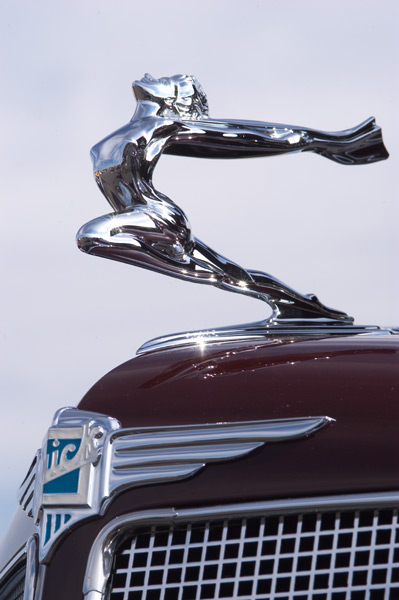
History in motion: Riding shotgun with Jacobson behind the gigantic steering wheel (no power steering back then), we couldn't help marveling at the car's nearly silent engine. "Low compression," Jacobson notes. "With such a low compression ratio, each combustion event isn't so noticeable. The straight eight doesn't make a lot of power, but it sure is smooth." Our fact-gathering turned up the compression ratio on the stock 1938 Buick engine that powers the concept: only 6.35:1. And going hand in hand with that low compression ratio is a relatively low horsepower output of 141 for the engine's 5.2-liter displacement. Compared to modern engines that often have compression ratios over 10:1, there's not a lot happening in those ancient combustion chambers to cause much vibration.
The interior sports a gently used patina. Nothing is exactly perfect. Nothing is hooptie rough, either. One can imagine Mr. Earl, topped with a jaunty hat, cruising down Detroit's Woodward Avenue toward the old General Motors on Grand Boulevard. "Even the radio still works," quips Jacobson. No doubt Mr. Earl tuned in the longtime voice of the Great Lakes, WJR-AM, to check on Detroit Tigers games held at the old Briggs Stadium at Michigan Avenue and Trumble.
The Earl of Detroit: Among the many questions to answer about the Y-Job is who was Harley Earl and why did he build this one car? The answers are here: Earl is the man who first conceived of a modern automotive design/styling studio. With a firm understanding of the role style would play in the future of the automobile, the legendary head of GM, Alfred Sloan, directed Earl to form a singularly focused group. The group's goal was to bring style to automotive engineering, an unheard-of concept in the 1920s. This historic group was called the Art & Colour Section, and it produced icons of both steel and flesh, including the Chevrolet Nomad and Bill Mitchell, one of the most influential automotive designers of all time.
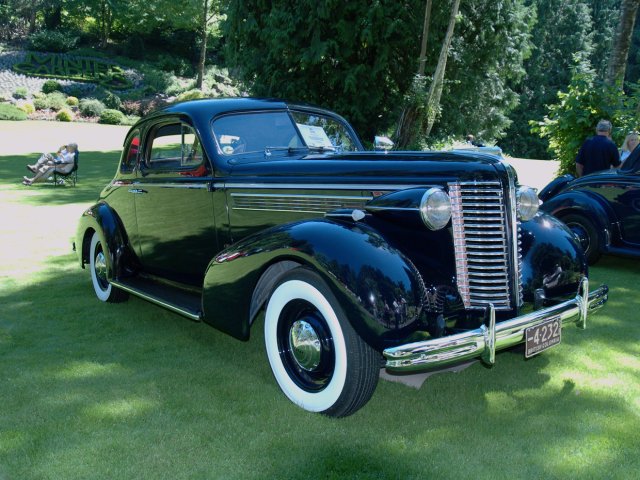
Why build the Y-Job?: As for why Earl created the Y-Job, GM wanted to test consumer reaction to forward-looking design trends. There had been some issues with the 1929 Buick models. As the story goes, Walter P. Chrysler (yes, that Chrysler) off-handedly commented that the new Buick designs looked "pregnant." The new styling and the publicity of Chrysler's comment caused Buick sales to fall 50,000 units in 1929 compared to 1928. GM didn't want that to happen again. Earl and his Art & Colour staff needed some kind of testing ground as they pushed past the day's styling conventions.
In our chat with Dale Jacobson, the last thing we asked about was the car's name. Why the "Y"? As the story goes, Earl was aware that he had something special with the Y-Job, but was also aware of other companies using the prefix "X" for their experimental vehicles. Choosing "Y" seemed like the right way to do the competition one better.
Simply put, the Y-Job was America's first concept car, purpose-built to test futuristic styling ideas on the American public. It attracted attention at auto shows in the late 1930s, then became Mr. Earl's personal transportation for a time after that. (It used to be that when you were a vice president at GM, you could drive pretty much whatever you wanted. But then again, you could smoke in your office then, too.)
The long road back: As time passed, so did Mr. Earl's desire to drive the Y-Job. It was stored among other GM show vehicles in a nondescript company warehouse. For a time, the Y-Job saw daylight through the windows of the Alfred P. Sloan Museum in Flint, Michigan, but as one GM staffer put it, the car "languished there in dusty anonymity."
Rescued and restored by Jacobson's group in the early 1990s for a display of concept vehicles at The Henry Ford Greenfield Village Museum in Dearborn, Michigan, the Y-Job has been a popular showstopper for the last two decades.

The Long Road Back: The 2001 Buick Blackhawk
The Blackhawk is a retro concept 2+2 convertible built by Buick in 2001. Its grille is based on 1939 Buicks and the concept car Buick Y-Job, while its main body is based on the 1948 Buick Roadmaster. It features a retractable hardtop, shaved door handles, and hidden headlights.
Text from InsideLine
